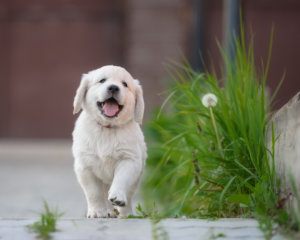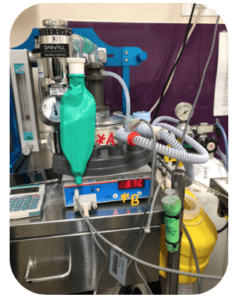Food Allergies in Dogs
Did you know that 6-20% dogs have food allergies?
You may be one of the excellent pet owners who feeds your dogs premium food and keeps them up to date with flea and tick treatment – so why is it that your furry friend is still experiencing itchy skin and diarrhoea?
What is food allergy in dogs?
Just like humans, dogs can be allergic to certain kinds of foods. Food allergy is a common cause of skin disease in dogs, it is an immune-mediated hypersensitivity reaction which reacts to a specific food protein. Dogs affected by food allergy will usually show dermatological signs without a seasonal pattern and some may also have gastrointestinal signs at the same time.
What are the clinical signs of food allergies in dogs?
Dermatological/skin:
– Red, swollen, itchy skin
– Licking and chewing of paws
– Skin problems localised to paws, face, ears, abdomen or genital area
– Chronic infection can lead to self-induced hair loss and recurrent ear infection
Gastrointestinal:
– Irregular bowel movement
– Halitosis (bad breath)
– Soft stool/ diarrhoea
– Nausea
– Excessive gas
What food is my dog allergic to?
The most common food allergen for dogs is animal based protein (usually beef, chicken, lamb or dairy products). While less common, dogs can also be allergic to plant-based proteins such as wheat, soy, rice and corn. Unfortunately most pet foods, regardless of the advertised flavour, will contain traces of these ingredients so it is best to consult with your vet to determine what food are safe when undergoing a food elimination trial.
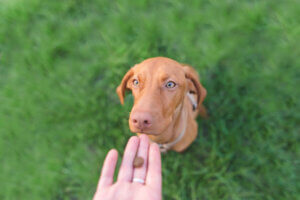 How is a food allergy confirmed? Are there any straightforward diagnostic tests available?
How is a food allergy confirmed? Are there any straightforward diagnostic tests available?
Unfortunately, the answer is no. Due to the fact that the clinical signs of food allergies are non-specific and overlap with other common skin conditions, it is often difficult to confirm food allergy in the first place. If vets are suspecting food allergy in your dog, they will often suggest conducting a food elimination trial.
Food elimination trial involves three steps:
1. Eliminate the suspected proteins
2. Replace diet with a novel/ hydrolysed protein. Discuss with a vet the best type of food and length of time for trial.
3. Re-introduce the eliminated proteins one by one and observe for recurrence of clinical signs.
What do I have to do if my dog is diagnosed with a food allergy?
The answer is very simple, stop feeding the food that causes a reaction! There are commercial pet diets that are made with novel proteins such as fish, kangaroo and crocodile. Otherwise, there are prescription diets available made with hydrolysed protein – which is when the protein is broken down into tiny pieces that the immune system does not detect and react to.
One study showed that after eliminating the suspected food allergen- 82% of dogs with dermatological signs improved within 3 months and 61% of dogs with gastrointestinal signs improved within a month.¹
For more information on food allergy or other skin diseases, please make an appointment to speak with one of our vets (02 9797 2555/ contact@summerhillvillagevet.com)
References:
- Tiffany, S, Parr, JM, Templeman, J, Shoveller, AK, Manjos, R, Yu, A, & Verbrugghe, A 2019, ‘Assessment of dog owners’ knowledge relating to the diagnosis and treatment of canine food allergies.’ The Canadian Veterinary Journal = La Revue Vétérinaire Canadienne., vol. 60, no. 3, pp. 268–274.

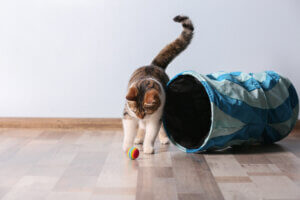 Play time:
Play time: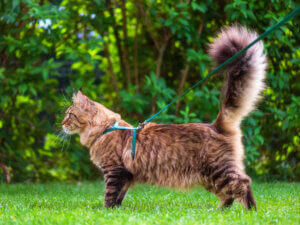
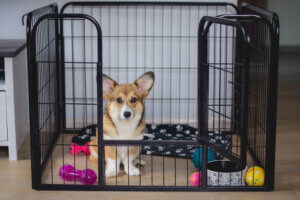 when faced with some alone time. A perfect pooch safe space should have comfy bedding, blankets to burrow under and their favourite toys (try food puzzles if you’ll be gone for a while) to distract and entertain them. If your dog has some extra special or favourite toys that they love, try saving these for times when you’ll be leaving. The excitement of playing with the toy can turn leaving into a positive, stress-free time.
when faced with some alone time. A perfect pooch safe space should have comfy bedding, blankets to burrow under and their favourite toys (try food puzzles if you’ll be gone for a while) to distract and entertain them. If your dog has some extra special or favourite toys that they love, try saving these for times when you’ll be leaving. The excitement of playing with the toy can turn leaving into a positive, stress-free time.
 3. How can I help my dog stay home alone?
3. How can I help my dog stay home alone?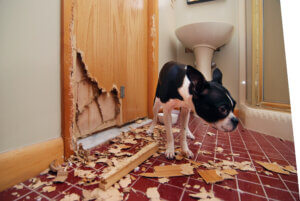 hand in hand with tiring your fluffy friend to before leaving because what could be more perfect than leaving your dog in the mood for an afternoon nap whilst you’re away!
hand in hand with tiring your fluffy friend to before leaving because what could be more perfect than leaving your dog in the mood for an afternoon nap whilst you’re away!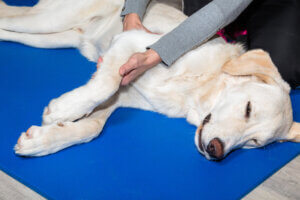 So what is Canine Myofunctional Therapy?
So what is Canine Myofunctional Therapy?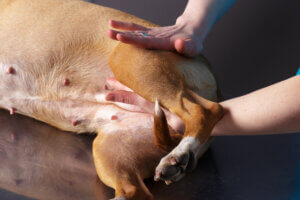
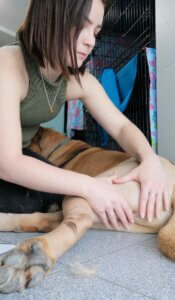 Our products and services
Our products and services